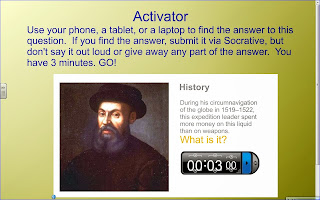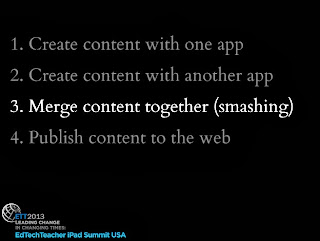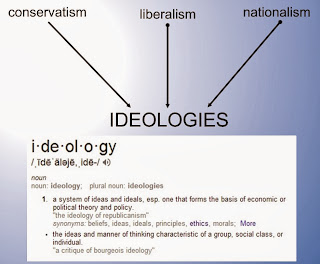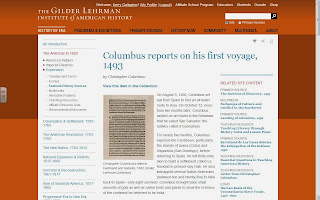High School Students as Professional Education Consultants
Last week my students helped me explain how we use smartphones, tablets, and laptops in our class daily to learn in new ways. I had to opportunity to present to a group of teachers and administrators at the Blue Ribbon Schools of Excellence conference in Disney World (where is was 75 degrees) while still at Reading Memorial High School in Massachusetts (where it was 12 degrees). Thanks to some fine work by many members of our technology staff, we were able to video conference with the professionals in Florida along with Jennalee Anderson 's 7th grade classroom nearby in town using Cisco's Jabber software . Nine of my sophomore history students helped me explain how we use devices in class every day. I'm the one wearing green standing in the back. Our library media specialist, Sharon Burke , is standing next to me in the middle. My students used iPads, iPad Minis, iPhones, Surface tablets, or any other device they bring to school and use on our BYOD (Bring Your





